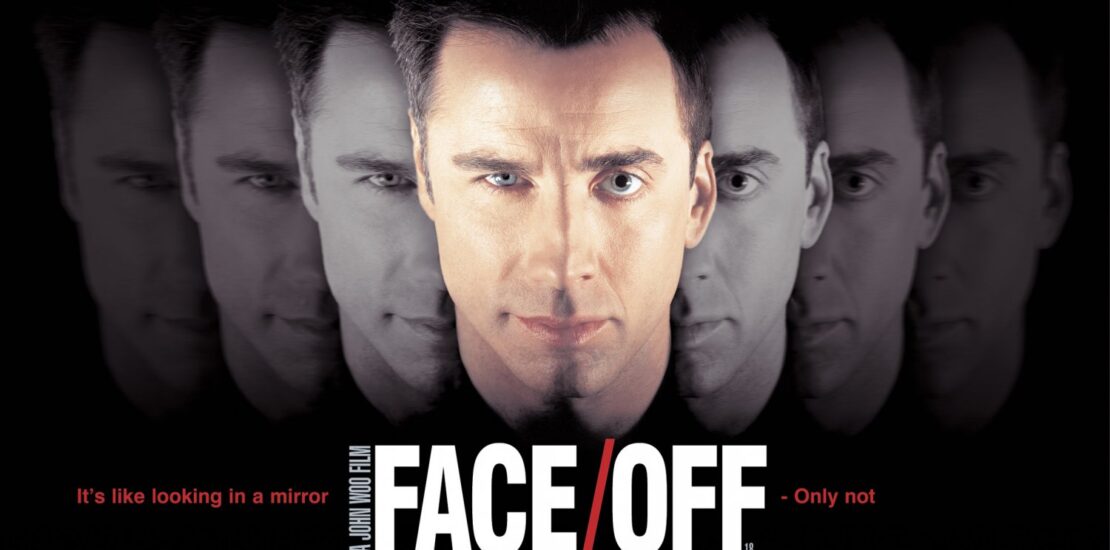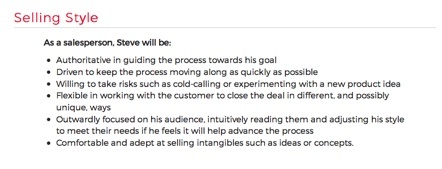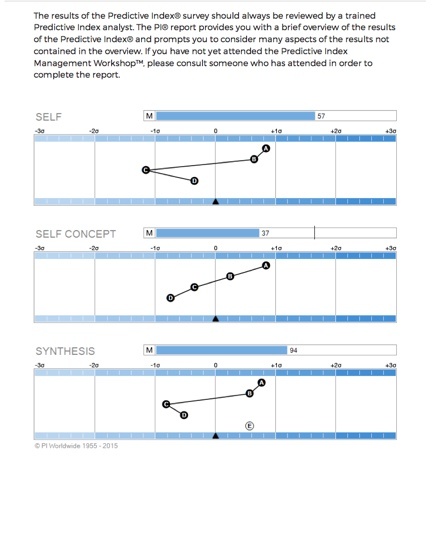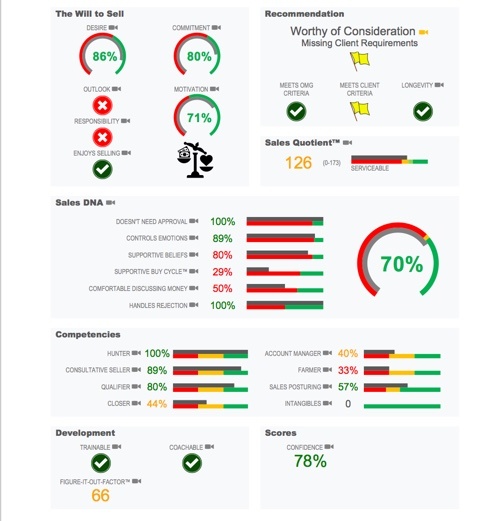- February 10, 2016
- Posted by: Dave Kurlan
- Category: Understanding the Sales Force

This week, a candidate for a sales position sent along his Predictive Index (PI) assessment so that we could compare it to his sales assessment from Objective Management Group (OMG). Most people have little sense as to how assessments compare to each other – and even more have experience only with personality and behavioral styles assessments. I was able to extract the dashboard from OMG’s 21 page sales-specific assessment, and the graphics and selling summary from the 3-page Predictive Index behavioral styles assessment. You might find the comparison interesting!Let’s begin with what I was able to extract from PI and focus on the selling summary. Like most behavioral styles assessments, there is very little that actually has to do with selling and as you can see in the one summary about the candidate’s selling ability, there isn’t much there that will translate to the field:
 6 Bullet points – that’s the entirety of it – and if you look closely, you’ll see that those behavioral styles are really the focus; not the sales words. Authoritative, driven, risk-taker, flexible, outwardly focused, comfortable expressing ideas or concepts. As I said, these are not sales-specific capabilities, but they add some sales type language to make it look that way. It’s marketing!
6 Bullet points – that’s the entirety of it – and if you look closely, you’ll see that those behavioral styles are really the focus; not the sales words. Authoritative, driven, risk-taker, flexible, outwardly focused, comfortable expressing ideas or concepts. As I said, these are not sales-specific capabilities, but they add some sales type language to make it look that way. It’s marketing!
Now let’s add their graphics. Can you predict how this candidate will perform from this information? Here are the meanings of these findings and what they measure.
 Now let’s take a look at just the dashboard – page 2 – from OMG’s Sales Candidate Assessment for the same candidate.
Now let’s take a look at just the dashboard – page 2 – from OMG’s Sales Candidate Assessment for the same candidate.

You can very quickly see that from the top down, the candidate has grit – the Will to Sell (Desire and Commitment for success in sales), borderline supportive Sales DNA (the combination of sales strengths), some very strong sales competencies (hunting, consultative selling, qualifying and posturing), some mediocre sales competencies (closing and account management), and a clear weakness at farming in major accounts. The overall score – Sales Quotient – is 126 on a scale of 173 – making the candidate serviceable at best. A strong salesperson (only 20% of these) has a sales quotient of 130 to 139 and an elite salesperson (only 6% of these) has a sales quotient of 140 or higher. Why is this candidate only a 126 when he has true grit and some great selling competency scores? It’s the Sales DNA. While this salesperson will be able to add opportunities to the pipeline with his strong hunting skills, and gain some traction with his strong consultative and qualifying skills, his combination of Sales DNA weaknesses will prevent him from being able to talk about budgets and finances, and he will empathize with comparison shoppers, price shoppers, and prospects that give him put-offs instead of decisions (all 3 of these are from the Supportive Buy Cycle strand of Sales DNA which present as a huge weakness).
He applied for an industrial territory manager role – one that is not very challenging – so he is worthy of consideration – for that role. However, if this were a more complex sale, selling more expensive products or services to a senior level of decision maker with more sophisticated competition, he would not have been worthy or recommended.
Which assessment would you rather use? 75% of the candidates that aren’t recommended by OMG, who somehow get hired anyway (think love fest) fail inside of 6 months. 92% of the candidates that are recommended and hired rise to the top half of the sales force within 12 months. That’s predictive!
Earlier this week I posted this article about made up statistics. The stats above are real. You can learn more about OMG’s accurate and predictive sales candidate assessment here.
